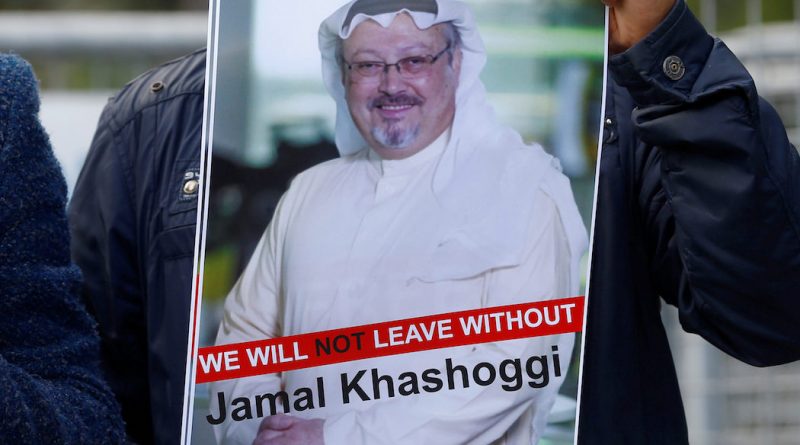Student’s Guide To The Disappearance Of Jamal Khashoggi
Dominic Ortenzo
International Affairs Columnist
On Oct. 2, Saudi Arabian journalist Jamal Khashoggi went with his fiancée to the Saudi consulate in Istanbul to obtain divorce papers. Khashoggi was last seen entering the building on security footage. According to BBC News, Turkish officials believe he was murdered by a team of Saudi agents inside the consulate.
The Turkish officials provided evidence the Saudis tampered with their consulate’s security cameras, and an audio recording suggested Khashoggi was horrifically murdered.
The Saudi Arabian government initially claimed he left the consulate and provided its own evidence – street footage of a man wearing Khashoggi’s clothes, walking around the streets of Istanbul. This evidence was quickly dismissed as fabricated, however, because the man did not look like Khashoggi and his shoes did not match.
In addition to the body-double, Turkish officials obtained footage of 15 Arab agents, some of whom had direct connections to Prince Mohammad bin Salman, Saudi Arabia’s de facto leader, flying into Istanbul separately, but all in time for Khashoggi to enter the consulate.
Two weeks after the journalist’s disappearance, the Saudi government admitted that he is dead.
Khashoggi, a well-known journalist, was formerly personally connected with the Saudi Royal family. His relationship with the powerful family deteriorated, and he came to the U.S. in 2017. Following this, the Saudi government banned his Twitter account in the country.
The Crown Prince Mohammad bin Salman al Saud is currently the spokesman of his nation in regards to Khashoggi’s disappearance. He was elected the minister of defense by his father, King Salman, in 2013. In March 2015, he launched a military campaign in Yemen, which has led millions of Yemenis into a famine. His administration has been known to crack down on political activists and other dissenting voices.
Prince Salman has stated, “We have nothing to hide,” but other nations are not buying it.
On Oct. 20, Saudi officials admitted Khashoggi was killed inside the Saudi consulate. The catch in their refined account, however, is Saudis tried convincing Khashoggi to return to Saudi Arabia. But the persuasion turned into a fist fight that killed Khashoggi.
The mishap now is deemed by Saudi officials as a “rogue operation,” and their agents acted accordingly. This account states Prince Salman had no prior knowledge of the operation, which experts say is unlikely. Prince Salman made a statement calling the murder a “heinous crime that cannot be justified.”
The rest of the world seems to be in agreement over the proper response to Khashoggi’s death. Germany was the first country to suspend its arms trade with the Arab nation, followed by Canada. The European Parliament passed a nonbinding resolution that condemned the murder of Khashoggi and urged a European-wide arms embargo on the peninsula nation.
President Donald Trump has simultaneously criticized and defended the Saudis. However, he might as well have spoken for everyone when he remarked Khashoggi’s death was, “The worst cover-up ever.”
Around the same time as the Khashoggi investigation, Bulgarian journalist Viktoria Marinova also went missing. When her body was found, the Committee to Protect Journalists (CPJ) began its investigation. It is known that Bulgaria is a dangerous place for journalists. Still, organizations like the CPJ seek to protect those like Khashoggi and Marinova, who put themselves in harm’s way to spread necessary information to the public.
Photo courtesy of REUTERS/Osman Orsal.

